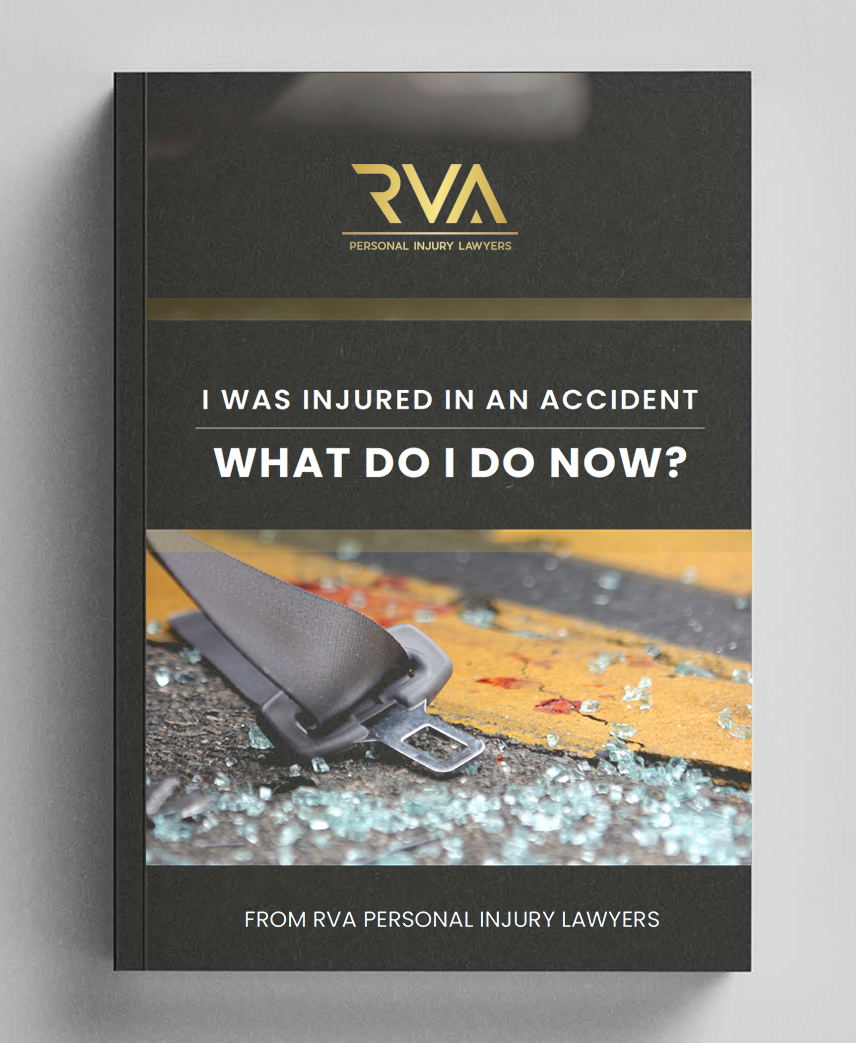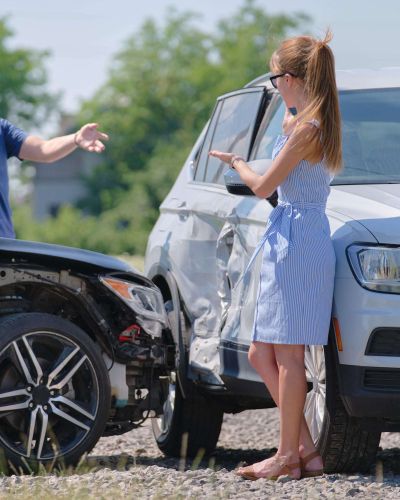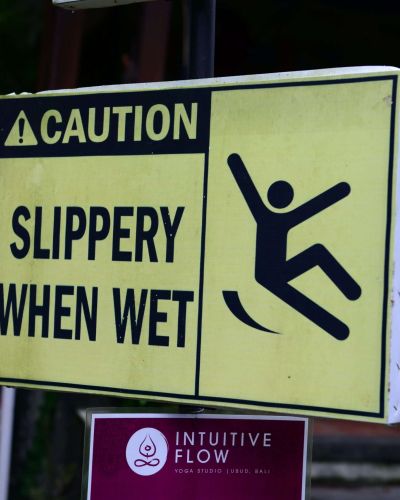Articles
Liability Drives Damages
Last fall, Ryan Walker and I tried a personal injury case, and when moving an exhibit into evidence, the Judge unintentionally gave us one of the best compliments we have ever received:
“Commonwealth (aka, the Prosecution) Exhibit 1”
Liability (and the defense’s failure to admit liability) drives damages.
Why did a Texas jury come back with a $337.5 million compensatory and $7 billion punitive verdict against Charter Communications last summer for the murder of an 83-year-old woman in her home by a Spectrum cable technician?
Why did a Connecticut jury come back with a $965 million compensatory and $473 million punitive verdict against Alex Jones and his company Infowars last fall for falsely claiming that the Sandy Hook mass shooting was staged as part of a government plot to seize Americans’ guns?
What drove those numbers? Just the damages? OR the defendant’s conduct (in addition to the damages)?
Harry Plotkin, one of the nation’s most respected trial consultants, explains: “How else can you explain the very real phenomena that civil verdict awards . . . tend to be much lower when liability is admitted and exponentially higher when liability is disputed in trial? Part of the reason is that admitting liability seems so responsible to jurors. But the bigger reason is that when jurors don’t hear WHAT a defendant did wrong, they don’t get upset.”
Your client is at trial because of the defendant’s negligence. Make sure the jury understands that. Only then will a full and fair verdict be possible.
$10,000,000
Defendant, while racing on a residential road, crashed into an oncoming driver causing catastrophic injuries.
$9,000,000
Defendant failed to properly secure a display at its store which led to it falling on a child causing life altering injuries.
$1,500,000
Defendant failed to keep the entrance of its store safe for the public causing significant injuries.
















